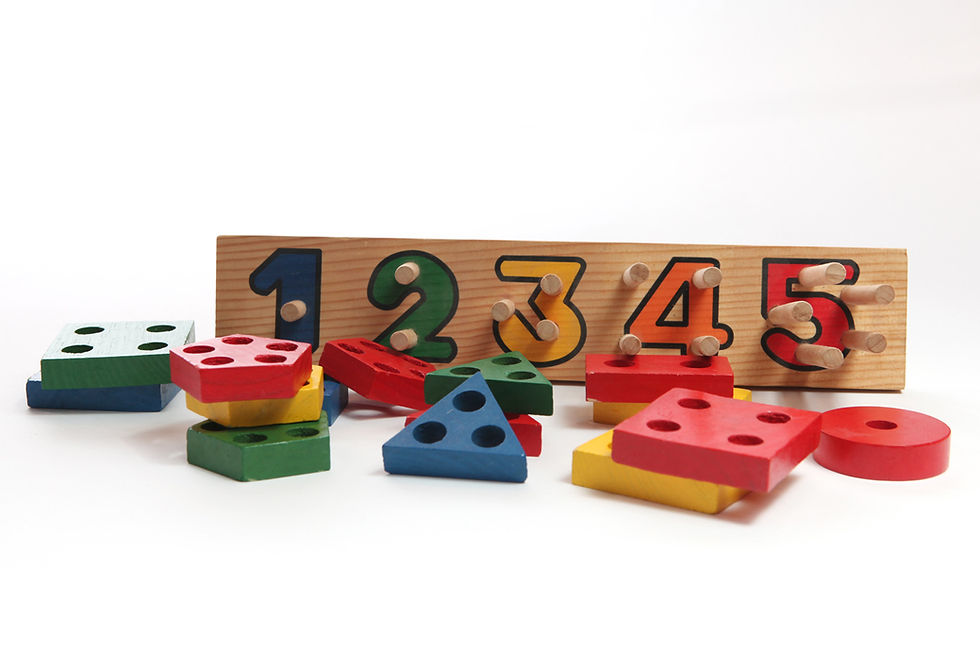Teaching Emotions with Fun Stress Balls
- Sarah Dann

- May 14, 2020
- 3 min read
Updated: May 16, 2020
Hi everyone!
Hope you are all doing well!
I have seen a few activities this week about emotions, but with no explanation why they are doing this. So I wanted to share not only my fun way of helping teach emotions which also helps children to be able to develop their fine motor skills, but also the importance of this activity.
Firstly, we need to help your child label their emotions, if you see them looking sad, let them know. You look sad, are you ok? Why do you feel sad? What happened?
When children are able to understand and express their emotions, such as, knowing when they feel sad, with guidance from the adult, it will open the door to allow them to start to learn to problem solve. A key developmental skill. The adult can assist this by talking about why the child feels this way, and how they think they might be able to feel happy again. Through this the child will develop their problem solving skills and thus in turn will allow them to self regulate. Such as, next time they feel sad that their Lego broke, they will be able to acknowledge they feel sad, but take the next step, and find a solution by themselves, "Thats ok, I will build it again". With the result of the child feeling much happier, all by themselves.
When talking to your child about their emotions, it is vital that they know their feelings are valid. Express sympathy with your child, but let them know it is ok to feel cross because they can't have their favorite snack, but it is not ok to kick. Then use this opportunity to teach how to problem solve and self regulate, maybe they can have that cookie tomorrow, but now why don't they have some delicious apple slices and peanut butter and play some trains? Something else that brings them joy. So when they are confronted by a 'no', they can self regulate and find something else that is fun to do. Resulting in less unwanted behavior.
Ensure you get down on their level and engage in eye contact. If you see them starting to problem solve and self regulate praise them enormously for this, and tell them how proud you are and how they are such a big boy/girl!
Throughout your day, share your feelings with your child, tell your child when you are trying to problem solve, for example. I'm so cross today because I can't find my gloves, now let me think, where did I put them? Oh yes! I know.... Now I'm happy because I have my gloves :)! Children truly are like little sponges and absorb everything.
A child who can express themselves will increase their self-esteem as they will now feel valued. Once they can self regulate, it will also allow them to have an understanding of what is truly important.
Another important thing to do is, when reading books, ask your child, do you think the bear looks happy or sad? Why do you think he looks sad? This will help develop their understanding of other peoples emotions and have empathy for others. Which in turn will help develop social skills,
Benefits of using stress balls for this activity:
If the child is feeling angry, by providing a stress ball, it can help release tension and help soothe the child.
Also, by using a stress ball, it can help a child focus who may normally be easily distracted when you are trying to teach problem solving skills.
Last but not least, stress balls help to build those little hand muscles and develop fine manipulative skills.
Stress balls are also very good for autistic children as a favorable behavior for self stimulation rather then rocking for example.
What you will need:
Balloons
Playdough
Marker Pen
If you don't have any playdough, here is my recipe for a super soft playdough that doesn't require cream of tartar: https://www.wwsdblog.com/post/relaxing-playdough
Tip:
Roll your playdough into long sausages, this will help get it into the balloon.
Using your fingers, pull the opening of the balloon apart, you will want to make sure you get all the way to the bottom of the balloon.
Have a tray underneath you as you place the playdough inside the balloon to catch any loose bits of playdough that may drop off.
Fill the balloon to the size you want.
Seal and draw your emotions :)
Have fun playing with the little people you make, and incorporate them into your daily life and enjoy starting on that path of self regulation.

















Comments